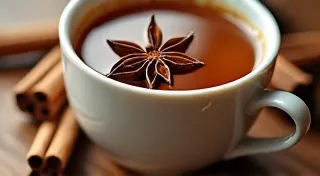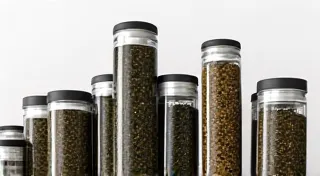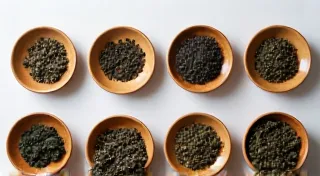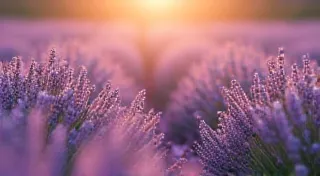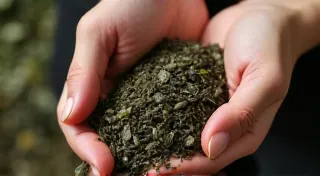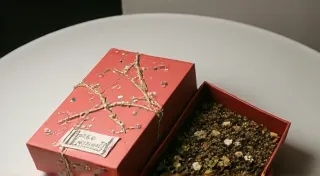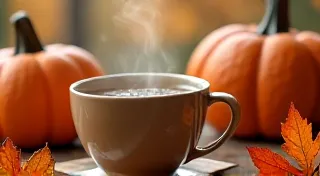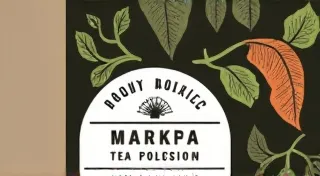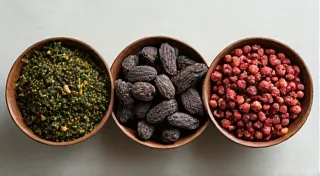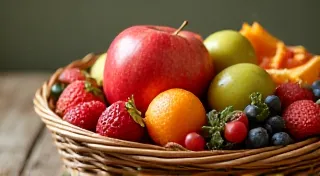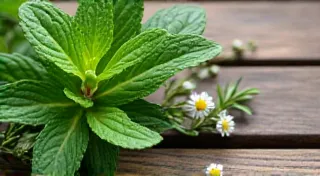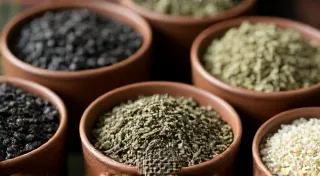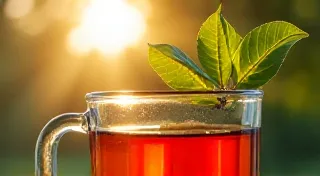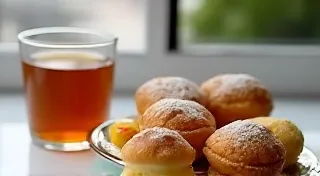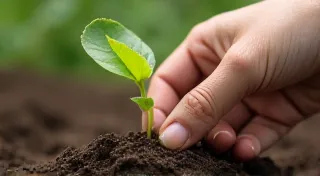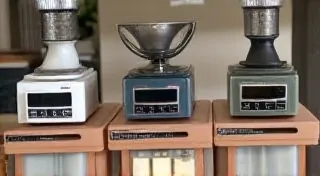Unlock the Art of Artisan Tea Blending: Create Your Perfect Cup
Welcome to a world of fragrant leaves, vibrant flavors, and the unparalleled satisfaction of crafting your own artisan tea blends. This isn’t just about brewing a cup; it’s about mastering a craft, exploring the nuances of taste, and creating tea experiences uniquely your own. Whether you're a curious beginner or a seasoned herbalist, you're in the right place. Our site is dedicated to the beautiful journey of tea blending, providing recipes, techniques, and insights to help you create extraordinary teas. We’re passionate about helping you create truly gourmet tea experiences at home.
For centuries, tea has been more than just a beverage—it's a ritual, a comfort, and a source of well-being. We believe that blending your own tea elevates that experience to a whole new level. Imagine the thrill of combining delicate floral notes with a hint of spice, or creating a soothing bedtime blend tailored to your exact preferences. It's a rewarding and surprisingly accessible pursuit, allowing you to craft truly gourmet tea blends that tantalize the senses.
Getting Started: The Fundamentals of Tea Blending
Feeling overwhelmed? Don’t be! We’re here to guide you every step of the way. The Ultimate Guide to Tea Blending for Beginners is a perfect starting point. This comprehensive guide will cover the essential principles you need to know before you even start mixing leaves. Understanding the quality of your ingredients is key to achieving a truly gourmet tea result. The selection of your base teas is paramount; lower quality bases will invariably detract from the final product, no matter how clever your combinations. Consider factors like leaf grade, origin, and processing method. Are you looking for a robust black tea base, a delicate green tea, or a refreshing herbal infusion? Each choice will profoundly influence the overall flavor profile and aroma. Experimentation is crucial, but a solid foundation in the fundamentals will dramatically increase your chances of success.
Before you begin, understanding Beginner's Guide to Tea Grading and Quality is crucial. Just like with wine or coffee, the quality of your base teas will significantly impact the final taste and overall gourmet tea experience. There’s a vast spectrum of tea grades, ranging from whole leaf to fannings and dust. While fannings and dust are often less expensive, they also have a smaller surface area, resulting in a weaker flavor and a shorter infusion time. Whole leaf teas generally offer the best flavor and aroma, as they retain more essential oils and complex compounds. Familiarize yourself with common grading terms like "OP" (Orange Pekoe), "FOP" (Flowery Orange Pekoe), and "TGFOP" (Tippy Golden Flowery Orange Pekoe). Knowing what these terms signify will empower you to make informed choices and avoid unknowingly purchasing inferior quality teas. Don't be afraid to ask questions and seek advice from tea specialists – they are invaluable resources for navigating the often-confusing world of tea grading.
We’re also here to help you navigate Common Mistakes to Avoid When Blending Tea – preventing flavor clashes and wasted ingredients, ensuring a perfect cup every time. One of the most frequent errors is combining ingredients that simply don’t complement each other. For example, overly strong flavors like cloves or anise should be used sparingly, as they can easily overpower more delicate ingredients. Another common pitfall is neglecting the importance of balance. A well-crafted tea blend should have a harmonious interplay of flavors, with no single ingredient dominating the overall profile. Take the time to carefully consider the characteristics of each ingredient and how it will interact with the others. Keep detailed notes of your experiments, recording the proportions used and the resulting flavor profile. This will allow you to replicate successful blends and learn from your mistakes.
Exploring Flavor Profiles: Recipes & Inspiration
Now for the fun part: crafting your blends! Our website offers a wide variety of tea recipes to inspire your creations.
- Festive Spice Blends: Elevate your celebrations with aromatic spice blends for festive teas. Cinnamon, cloves, star anise – the possibilities are endless! Consider blending with dried orange peel for a bright citrus note or a touch of black peppercorns for a subtle warmth. Remember that spices often have a very potent flavor, so start with small amounts and adjust to taste. Creating a truly memorable and gourmet tea experience.
- Floral Elegance: Embrace the delicate beauty of nature with blending floral teas for a delicate flavor. Rose petals, lavender, chamomile – create a truly enchanting experience. Pair floral notes with green or white tea bases for a light and refreshing blend. Be mindful of the intensity of the floral aroma; some flowers, like jasmine, can be quite overpowering. A beautiful addition to any gourmet tea collection.
- Fruity Delights: Brighten your day with fruit-infused tea blends: sweet & refreshing recipes. From berries to citrus, the combinations are boundless – perfect for creating a gourmet tea that’s both vibrant and delicious. Dried fruits generally work best in tea blends, as they have a more concentrated flavor than fresh fruit. However, you can also use fruit purees or infusions to add subtle fruit notes.
- Bedtime Bliss: Unwind after a long day with creating calming bedtime tea blends. Relaxing herbs like chamomile and valerian root can help you drift off to sleep peacefully. Combine these herbs with a mild green tea or a rooibos base for a soothing and caffeine-free blend. A gourmet tea experience to soothe the soul.
- Morning Motivation: Kickstart your day with invigorating morning tea blends for energy & focus. Green tea, yerba mate, and peppermint can provide a natural boost, creating a gourmet tea to elevate your mornings. Experiment with different ratios of these ingredients to find the perfect balance of energy and flavor.
- Seasonal Sensations: Capture the essence of each season with creating a seasonal tea blend for autumn. Warm spices, comforting herbs, and dried fruits evoke the cozy atmosphere of autumn. Consider blending cinnamon, nutmeg, and cloves with a black tea base and dried apples or pears for a truly autumnal treat.
Beyond the Basics: Advanced Blending Techniques
Once you're comfortable with the fundamentals, you can explore more advanced blending techniques. One important concept is layering flavors. Start with a base tea that provides the foundational taste, then add a middle layer of complementary flavors, and finally, add a top note to provide complexity and aroma. Consider the volatility of different aromas. Some aromas, like citrus and mint, are highly volatile and will dissipate quickly, while others, like vanilla and chocolate, are more persistent. This understanding will help you create blends that maintain their aroma throughout the infusion process.
Experiment with different processing methods to enhance the flavor of your blends. Dry roasting certain ingredients, like spices or herbs, can intensify their aroma and flavor. Infusing oils, such as vanilla or almond extract, can add richness and complexity to your blends. Be careful not to overdo it with any of these techniques, as they can easily overpower the other ingredients.
Resources & Further Learning
- Top 5 Tea Blending Tools & Equipment
- The Importance of Tea Base Selection in Blending
- Pairing Tea Blends with Food: A Flavor Guide
- The Health Benefits of Herbal Tea Blends
- Sustainable Tea Blending: Sourcing and Ethical Considerations
We hope this guide inspires you to embark on your tea blending journey. Remember that practice makes perfect, so don't be afraid to experiment and learn from your mistakes. Happy blending!
